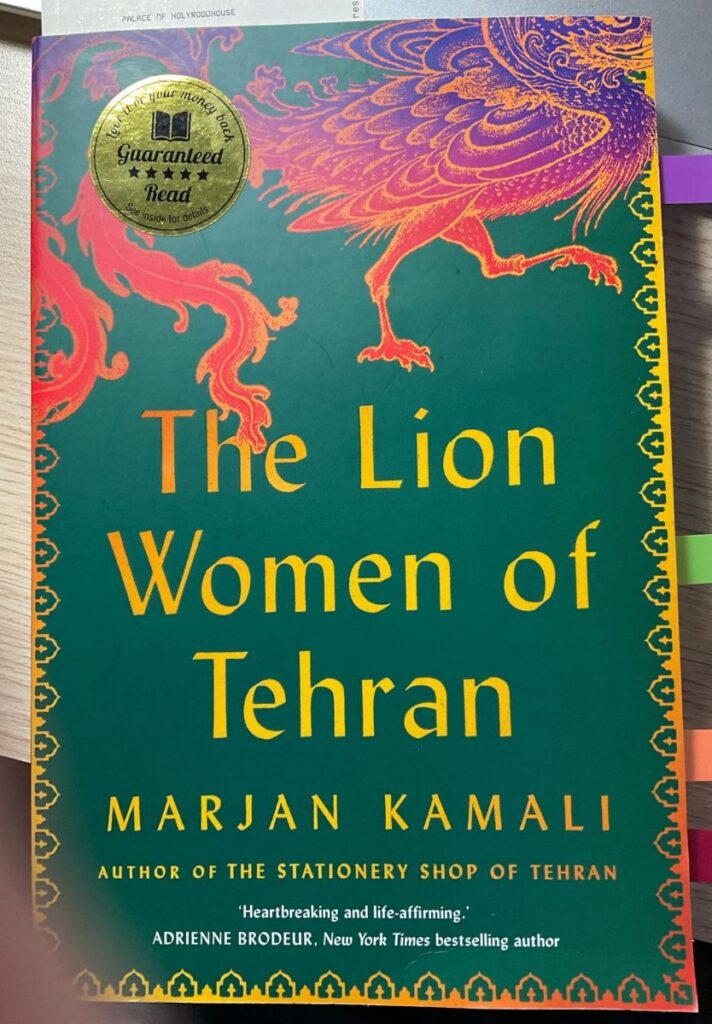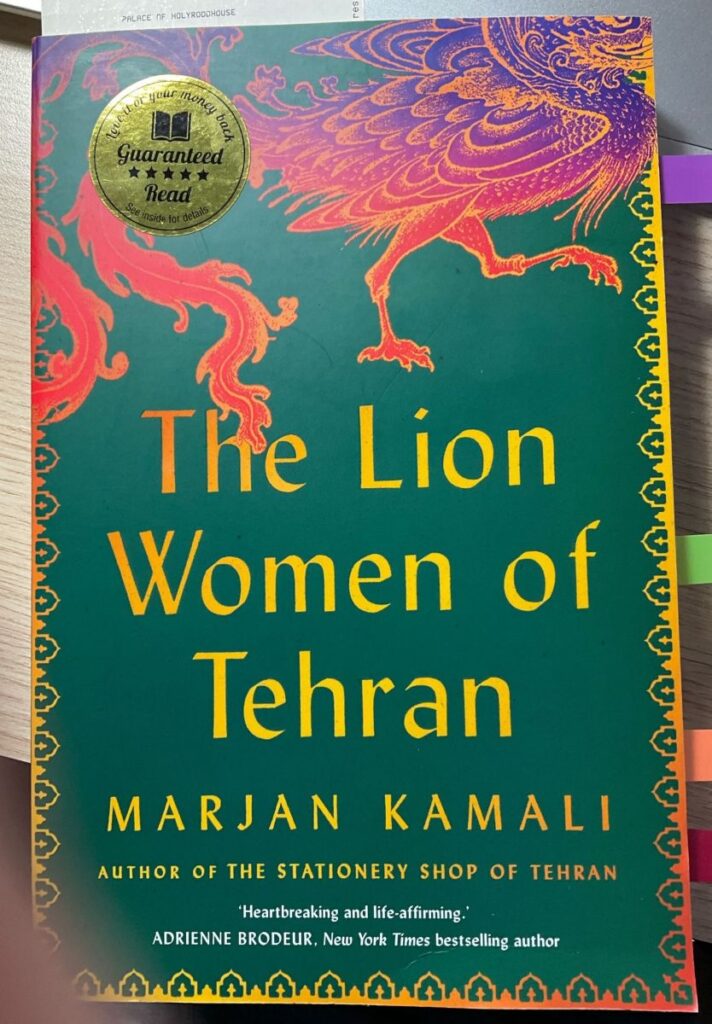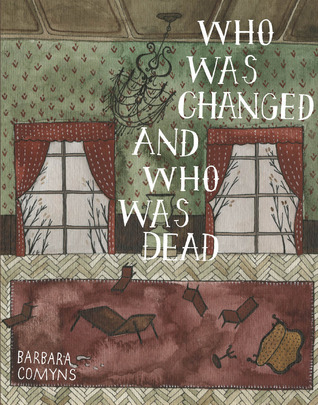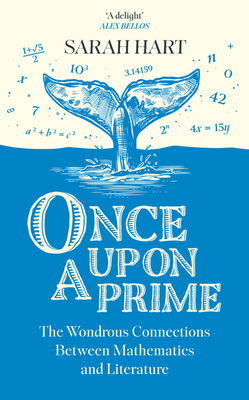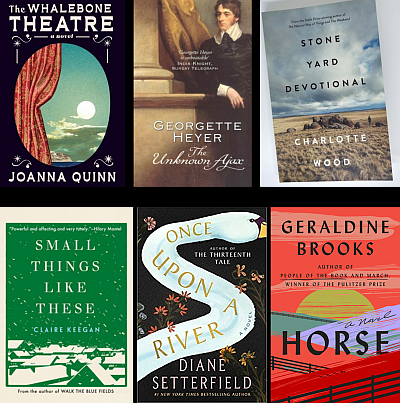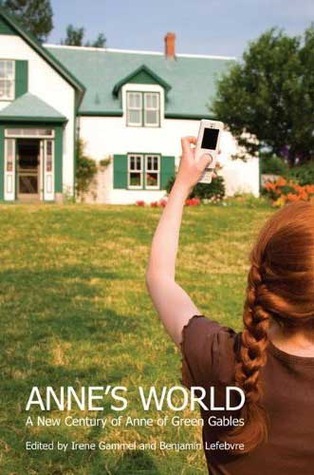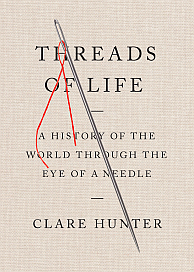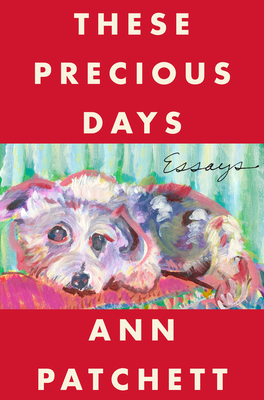Chapter 15 1960 October
Homa and Ellie meet at the bottom of the Alborz Mountain. It’s a beautiful day and lots of people are preparing to hike.
Homa is taken with the beauty and fresh air.
She admits that she doesn’t always work on a Friday sometimes she goes to the mosque. After he father went to prison her mother found religion.
[…] The world is ours. We stood there our heads touching. What she [Homa] said was absurd. The world was vast and broken and filled with strife. The world was chaotic and owned by men. Not by us.
Chapter 16 1960 October
Homa and Ellie join Mehrdad and his friend Abdol (also new from “downtown” – what is Mehrdad thinking?).
They eat and Homa gets the idea that they are trying to set her up with Abdol. She reacts with terrible table manners.
No offense to him; he was a nice obviously serious and studious fellow. But don’t try to set me up Ellie. I have my studies. I have my maman. I have Sara. And Ali Reza. I don’t need a boy. I am on a course, Ellie. I have plans. I certainly hope my rude eating put him off for good. I don’t have time for this nonsense.
She (Homa) did look into Mehrdad’s eyes and decided that he is a good man, Ellie will be happy. She makes a point of saying Ellie will be happy implying that she wouldn’t be happy.
Chapter 17 1961-1963
The pace of the story is picking up (finally).
Ellie, Homa and Mehrdad are all at Tehran University. Ellie is studying English and Literature, Homa Law and Mehrdad Chemistry.
In their second year Mehrdad takes Ellie to a “chelo kababi” (Dinner). He wants to talk about their future. He proposes, but he wants the wedding to be after they have graduated. Then he will get a stipend and they can get a place of their own.
Then it is the formal asking for permission to marry. Her mother has a bit of a moment – Ellie is her only child.
“She is mine”
The mother is also worried about the evil eye.
I sank further into the sofa. Wishing I could escape from the world the concept of an evil eye. Wishing I didn’t constantly have to worry about others jinxing me.
“Even those who love you the most can ruin your life, you know Ellie”, Mother said. “Even the ones you trust the most”

